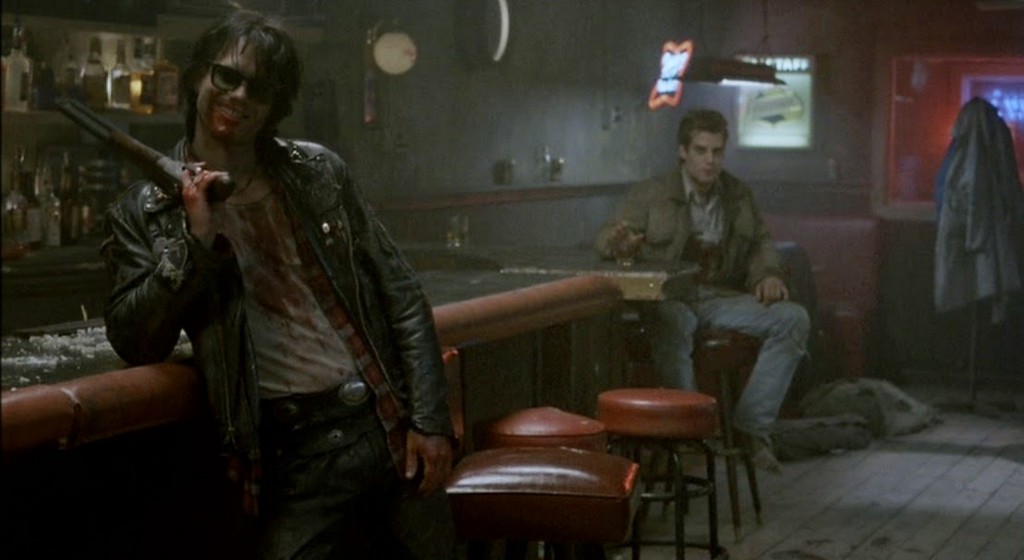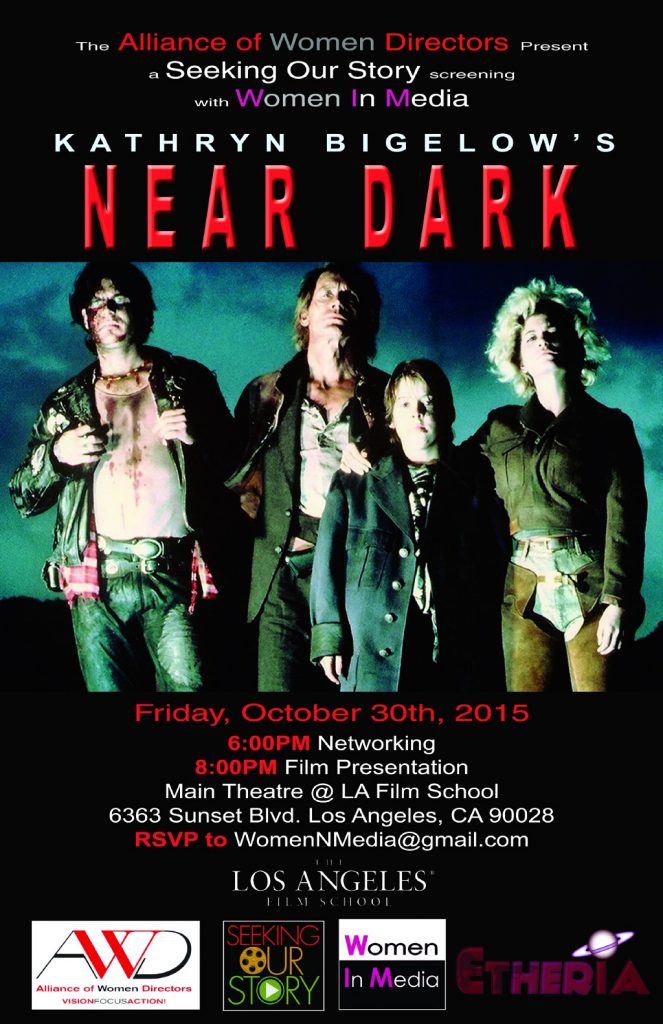
Kathryn Bigelow
and female filmmakers in general had much to celebrate after the “Hurt Locker” director’s history-making
Oscar win in 2010. But misperceptions — that Bigelow only makes violent, action-filled
films geared towards men or that her success is somehow due to her brief
marriage to James Cameron — have obscured, rather than illuminated, an
understanding of the painter-turned-filmmaker’s success.
Bigelow, who grew up
in a suburb of San Francisco, describes herself as “shy by nature.” In
a work situation, communication and social ability come very easily to her, but “any other situation: not at all,” Bigelow told The Guardian.
After studying painting
at the San Francisco Art Institute, she was awarded a fellowship at 19 with the
Whitney Museum of Art. Bigelow, who had “never been east of Lake Tahoe,” moved
to New York, where she worked with advisers like Susan Sontag and Vito Acconci
while living in an old bank vault. She became part of the downtown art scene of
the ’70s and ’80s, befriending and working with Lawrence Weiner, Philip Glass and Richard Serra and developing a fascination with the films of Peckinpah, Fassbinder
and Hitchcock.
Bigelow explains: “A Malevich or a Mondrian requires
that you come to it with a certain amount of information, a context. And you
don’t necessarily need that with film. A movie is accessible, available. That
was exciting to me from a political standpoint.”
She enrolled at Columbia University for a
master’s in film theory. Upon graduating in 1981, she co-directed her first
feature film with Monty Montgomery, titled “The Loveless.” The film’s cinematography
and stylized ’50s design remains indicative of Bigelow’s artistic eye. Broke
after making “The Loveless” and offered a job teaching B movies at CalArts, Bigelow
moved west to Los Angeles. “Many women in my classes don’t think directing is
realistic to pursue. I try to dispel that notion. They want to produce or
write. When women directing ceases to be a subject, women will be equal,”
Bigelow told People in 1991.
She spent her spare
time writing scripts and was signed by literary agent Nancy Nigrosh, who was
very excited about Bigelow’s desire to overcome Hollywood’s resistance to
anyone outside the “insider directing pool.” (Read the fascinating
write-up by Nigrosh on Bigelow “gaming” the Hollywood system on IndieWire.)
Nigrosh and her fellow
agent, Melinda Jason, paired up Bigelow and Jason’s client, Eric Red. Both
Bigelow and Red wanted to direct, but faced barriers as new faces. They decided
to write two scripts together: one, “Undertow,” to be directed by Red, and the
second, “Near Dark,” to be directed by Bigelow. As Nigrosh explains, since they
co-owned the rights to the screenplays, no one could take away their
attachments to direct the films, unless they made that choice
together. In a 2010 Los Angeles Times’ interview,
Bigelow opened up about her experiences negotiating with a producer who said he
would only hire her to direct “Near Dark” if he could fire her after the first
day.
“Near Dark” became a
cult success after its 1987 release, and Bigelow followed with “Blue Steel” (1989)
and “Point Break” (1991), yet another cult classic. Then came “Strange Days”
(1995), “The Weight of Water” (2000) and the $200 million “K-19: The
Widowmaker” (2002). Bigelow spent the next seven years developing and filming
“The Hurt Locker,” which, of course, went on to win her that 2010 Academy Award
for Best Achievement in Directing. Bigelow’s most recent and controversial film, “Zero Dark Thirty,” also garnered an Oscar nod for best picture in 2013.
Concepts from
Bigelow’s art-world days still inform her work, and she perhaps feels most at
home when discussing the mechanics and intellectual interpretations of film.
Critic Manohla Dargis says Bigelow’s career does seem improbable, not only because she’s working in a
sexist industry, but “also because of the stubborn persistence of her artistic
vision and intellectualism.”
On Friday, October 30, the Alliance of Women Directors presents a Seeking Our Story screening of Kathryn Bigelow’s
“Near Dark” at The Los Angeles Film School. At 6pm Women In Media hosts networking and light
refreshments courtesy of Stella Barra. At 8pm Etheria Film Night presents the short film “Zone 2,” followed by the feature film.
Lauren C. Byrd is a New York based blogger focusing on the canon of women directors with her series 52 Weeks of Women Directors. Follow her on Twitter @laurencbyrd14.







